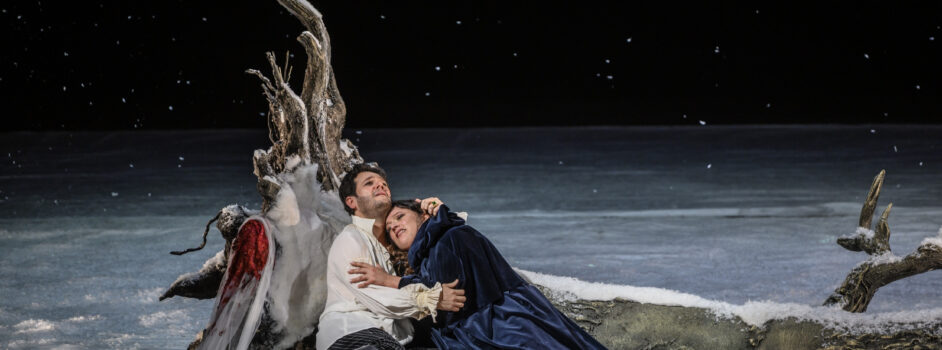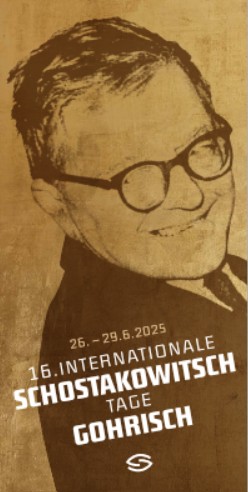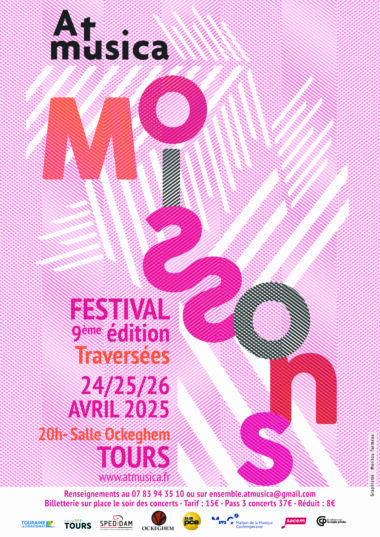Plus de détails
Strasbourg. Palais de la musique et des Congrès.20-IX-2013. Marc Monnet (né en 1947): mouvement, imprévu, et… pour orchestre, violon et autres machins (CM); Yann Robin (né en 1974): Monumenta pour grand orchestre (CM). Georg-Friedrich Haas (né en 1953): Limited approximation pour six pianos et orchestre. Tedi Papavrami, violon. Klaus Steffes-Holländer, Pi-Hsien Chen, Florian Hoelscher, julia Vogelsänger, Akiko Okabe, Christoph Grund, pianos. Orchestre symphonique de la SWR de Baden-Baden et Fribourg-en-Brisgau; direction François-Xavier Roth
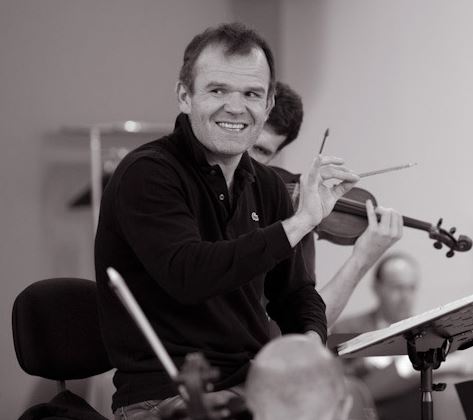 Musica celebrates its thirtieth anniversary, and for this special occasion Jean-Dominique Marco concocted a rich and ambitious program, inviting such ensembles as Accroche-Note, the Ensemble Intercontemporain, Linea, and Recherche, and artists such as Pierre Boulez, Pascal Dusapin, and Philippe Manoury, who have been part of the festival since its first season. But this year, there is also some room for sound art and musique concrète, with the long-awaited appearance of Pierre Henry for the remix of his legendary Tour de Babel and a performance of Henri and Michel Colombier's Messe pour le temps présent. And last but not least, on the stage of the Palais de Musique, interspersed throughout the three weekends of the festival, three great German orchestras will perform: Baden-Baden und Freiburg, Stuttgart, and Köln, in very attractive programs of premieres from several generations of composers.
Musica celebrates its thirtieth anniversary, and for this special occasion Jean-Dominique Marco concocted a rich and ambitious program, inviting such ensembles as Accroche-Note, the Ensemble Intercontemporain, Linea, and Recherche, and artists such as Pierre Boulez, Pascal Dusapin, and Philippe Manoury, who have been part of the festival since its first season. But this year, there is also some room for sound art and musique concrète, with the long-awaited appearance of Pierre Henry for the remix of his legendary Tour de Babel and a performance of Henri and Michel Colombier's Messe pour le temps présent. And last but not least, on the stage of the Palais de Musique, interspersed throughout the three weekends of the festival, three great German orchestras will perform: Baden-Baden und Freiburg, Stuttgart, and Köln, in very attractive programs of premieres from several generations of composers.
In the presence of the minister of culture Aurélie Filippetti, who came to present Jean-Dominique Marco with the Légion d'Honneur, the opening concert mobilized about a hundred musicians: those of the Southwest German Radio Symphony Orchestra, a faithful collaborator of Musica, under its chief conductor, François-Xavier Roth. The orchestra presented world premieres (and state commissions) of works by Marc Monnet and Yann Robin and the French premiere of a work by Austrian composer Georg-Friedrich Haas.
Marc Monnet's work, in spite of its derisive title, movement, mishaps, and . . . for orchestra, violin and other stuff is really a violin concerto, performed by Albanian violinist Ted Papavrami, with the radiant sound of his imperious bow. Admittedly, Monnet circumvents the genre and would rather “disconcert,” as he states in the work's program note. The show includes a wind machine and several birdcalls played by the instrumentalists. The orchestration is colorful throughout, full of musical discoveries and unexpected groupings of instruments, even if the large forces do not work in the music's favor. The soloist and orchestra first perform alternatingly, then the soloist confronts the orchestral mass more directly, while retaining his haughty gestures and virtuosic independence. This concerto, shaped like an arch and written in one movement, both opens and closes with a long solo that Monnet punctuates with a fiercely saturated violin sound. “I want pleasure, impetus, something unexpected,” writes the composer. And that is, all in all, what he offers.
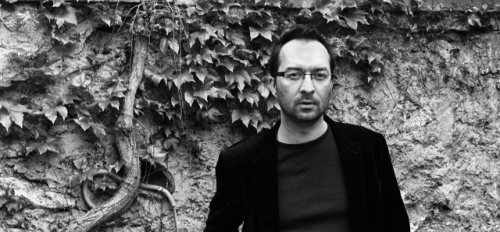
After Inferno, for orchestra and electronics, Yann Robin went at it again with Monumenta, whose title, like the size of the score, is immediately a sign of the work's proportions,and the scale sought by the composer. In this case, Yann Robin has composed “with bare hands,” meaning without any of the electronic components which, in Inferno, transmit and project into space the masses of noise he likes to generate with the orchestra. This is probably the element lacking in Monumenta: the composer pushes the instrumental possibilities to their limits, with the score including up to ninety-five individual parts, but never reaches the potential level of power and impact of the clashing masses. In spite of the infallible conducting of François-Xavier Roth, who galvanized a superbly committed orchestra, the work struggled to take off and did not maintain any tension for the listener, the exception being the very beautiful coda that combines the winds' forceful breathing with an almost silent sonic blanket from the strings in a very unusual fusion of timbres and, at last, a multileveled mastery of sonic space.
Six grand pianos next took over the stage in front of an orchestra without any percussion, resulting in an atypical instrumentation. Austrian composer Georg Friedrich Hass's Limited Approximations was premiered by the same orchestra at the Donauschingen festival in 2010 and received the composition award of the Südwestrundfunk, southwestern Germany's public broadcasting network. With his six grand pianos microtonally retuned (in increments of one-twelfth of a whole step), Haas's aim is to get as close as possible to the natural harmonic series, by altering how acoustic phenomena are perceived. The music flows in a shimmering microtonal texture, with thematic material presented by the pianos and then developed by the various sections of the orchestra. The sound ebbs and flows in volume, immersing the audience in a halo of reverberating, blurry sonorities through which paradoxical sounds trace absolutely fascinating trajectories.
The audience was in the end astonished by the quality of the orchestra, and the flexibility and responsiveness with which it tackled works as diverse as those played in this concert. François-Xavier Roth, impressive as the man in charge of this prestigious event, spoke after the applause, warmly thanking the orchestra, which is in danger of disappearing, as the Southwest German Radio Symphony Orchestra is to merge in 2016 with the Stuttgart Radio Symphony Orchestra.
Photos : François-Xavier Roth © Jean-Pierre Gilson ; Yann Robin © www.yannrobin.com
Plus de détails
Strasbourg. Palais de la musique et des Congrès.20-IX-2013. Marc Monnet (né en 1947): mouvement, imprévu, et… pour orchestre, violon et autres machins (CM); Yann Robin (né en 1974): Monumenta pour grand orchestre (CM). Georg-Friedrich Haas (né en 1953): Limited approximation pour six pianos et orchestre. Tedi Papavrami, violon. Klaus Steffes-Holländer, Pi-Hsien Chen, Florian Hoelscher, julia Vogelsänger, Akiko Okabe, Christoph Grund, pianos. Orchestre symphonique de la SWR de Baden-Baden et Fribourg-en-Brisgau; direction François-Xavier Roth




